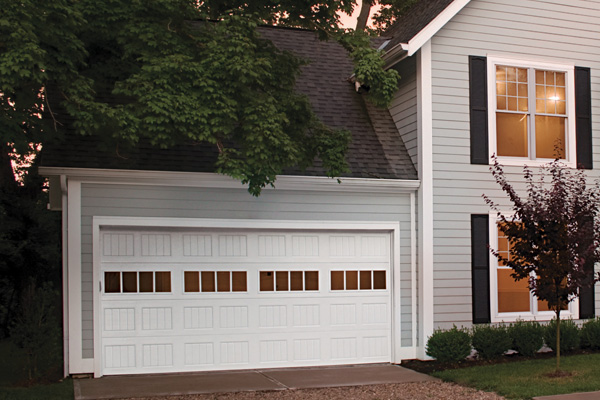Every homeowner that we meet are the same….. They want top dollar and they want their homes sold ASAP. I wish I was the real estate fairy and could wave my magic wand and could accommodate to all. But the “real” estate world does not totally operate like that….. or does it?
Grays Home Solutions ” Your Local RE Team ” has developed a system that is second to none. We understand that no two sellers are the same. What works for one seller may not work for another. That is why we do more than just list a home. When you list a home on the market you usually are asked to make some repairs, paint this, replace that. While you are hard at work making these so called repairs who does this cost? That’s right YOU ! After you have made your repairs at the discretion of another they will want to be compensated for their services. Most agents charge between 5% – 6% of your sales price. So there is a quick $ 6,000.00 gone on every $ 100,000.00. Here’s the fun part. Then you get to wait. Not Days and weeks, but months. Showing after showing after showing… with usually only low offers if any at all.
When you decide to sell your home do you really want to wait months? Who does this cost? You are right once again… YOU ! Once you get an offer and you are so fed up at this point you just accept it because you are tired of waiting, your buyer will probably need to get a loan. How does this affect you? Well the bank will want to send someone out to secure their money. Do you think they will find anything that needs fixed or replaced? They always do ! Who pays for this list of repairs ? Correct Again.. YOU DO Do you think the buyers will offer full price ? Most do not….. I mean what is so special bout your home ?? Do you think the buyer will need some closing help ? Most do.
So let me get this right…. You want to sell your home so you call a local RE Company. You know you will pay them a commission to ” guide you through the process ” you know you will need to clean and make repairs, you know more than likely you will have another list of repairs to make once the home is inspected, you know the buyer will not offer full price and most likely ask for closing help….. and oh yea this takes month to accomplish. Doesn’t that sound like fun??
Well I’m here to tell you there is a better way, a cheaper way, and a faster way. How can you find out? You pick up the phone and call to schedule your free consultation. Like I said earlier there is no cookie cutter approach. Every home and every homeowner is different one way or another. After we analyze your situation we will develop a battle plan that get’s results.
How can you be sure ? Visit our website and read our facebook comments. These testimonials are from people who were once in your shoes. Only they took action. They did not pre-judge and they were open to new ideas. The results speak for their selves.
The whole process begins with you. We cant help if you don’t call. We are a local company and we are here to help people just like you. You can reach Darren or Jerred @ 240.347.3141

























